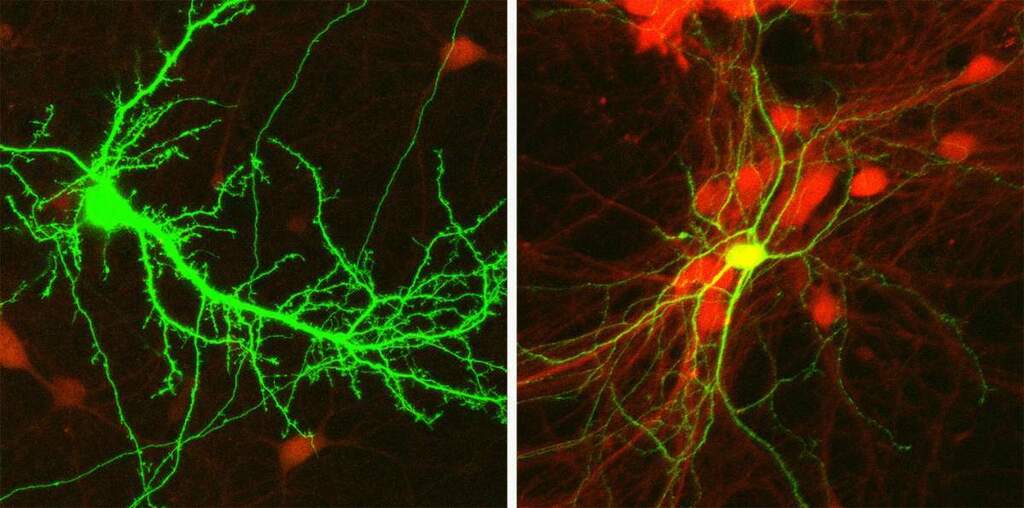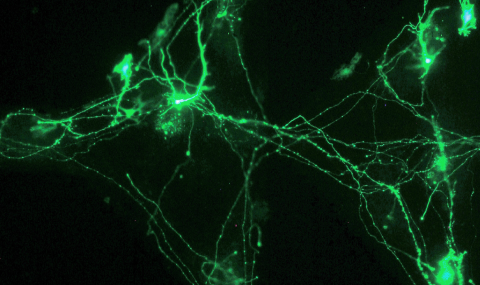Neuronal networks in the brain perform computational tasks by balancing opposing inputs from two populations: excitatory versus inhibitory neurons. Excitatory neurons drive the activity of the network, while inhibitory neurons provide control via a negative feedback. The ratio (E/I) of these two opposing populations is assumed to be important for neuronal network dynamics, and it is strictly conserved in various brain regions. We ask what will happen to the network dynamics under a sustained, chronic perturbation of its E/I ratio, and whether neuronal networks compensate for the perturbation.
We have developed a novel methodology that enables us to systematically control the cellular E/I ratio of living neuronal networks and to detect the resulting dynamics. Surprisingly, the network activity is robust and maintains similar activity over a wide range of possible ratios, except at the very extremes of 0-10% and 90-100% of the inhibitory cells. We uncover the mechanism that underlies the robustness using single-cell recordings. These measurements, along with modeling, reveal that the networks adapt to continuous alterations of E/I compositions by balancing E/I connectivity. Combining network and single-cell activity measurements with theoretical simulations, we thus provide a clear picture of how balanced E/I connectivity is preserved and where it fails.

Neuronal circuits overcome imbalance in excitation and inhibition by adjusting connection numbers
Sukenik N., Vinogradov O., Weinreb E., Segal M., Levina A. & Moses E. (2021) PNAS. 118, 12, e2018459118.


